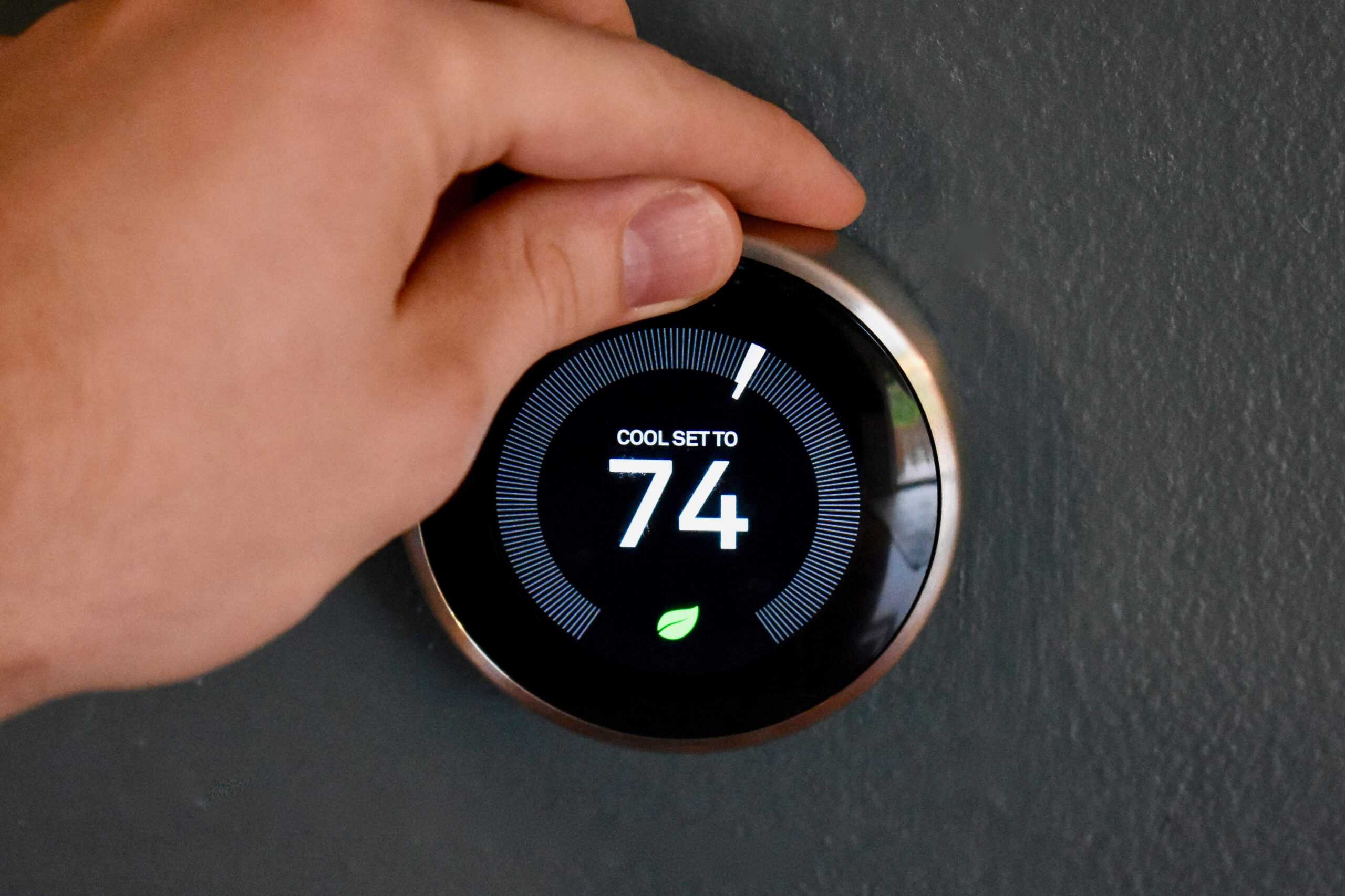Record heat waves across the US have sent utility bills soaring. Add the global energy crisis caused by the war in Ukraine, and US regions such as Texas are seeing utility bill increases as high as 50-70% more than last year.
There’s never been a better time for smart thermostats to prove their worth and pay for themselves in double-time. Energy Star reports their certified smart thermostats save on average 8% on heating or cooling, which it calculates as $50/year on your bill. However, two months of $500 energy bills in Texas could save $80 at that rate. According to Nest, you can save 10% to 12% on heating and 15% on cooling using a smart thermostat. Nest says this can result in average savings of between $131 and $145 per year on your utility bills. Do the math in a home under a heat wave, and you may have saved $150 in two months.
“Despite the double benefit of energy savings for the planet and the wallet, buyers of smart thermostats historically have not been motivated most by the promise of savings, but that may change,” says Interpret Vice President Brad Russell. “Lower priced smart thermostats are certainly helping make the economic case, and ongoing heatwaves caused by climate change make it even more likely for consumers to turn to smart thermostats in the future.”
Interpret’s Smart Home MatrixTM research finds that among the benefits that most influenced owners of smart thermostats, Savings (24%) ranks behind Convenience (37%) as the second most influential benefit. Comfort (24%) was tied for second, reflecting the age-old tension between comfort and savings when it comes to home heating and cooling. When it comes to purchase triggers, Wanting to save money or energy (16%) ranks third, closely behind Moved into a new house (18%), and Needed to replace a broken device (17%). So, there has always been a segment of buyers who purchase to save money, and likely accelerate their replacement cycle by switching out a working device.
Will that group expand like a heat-formed thundercloud? It seems like manufacturers should see and seed the opportunity.
Learn more about smart home consumer purchasing behavior at Smart Home Matrix.




